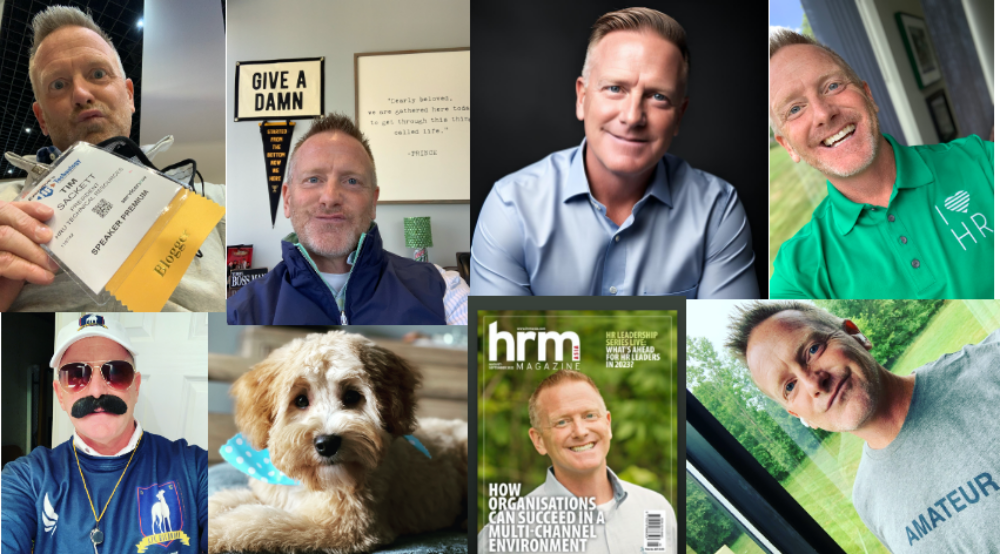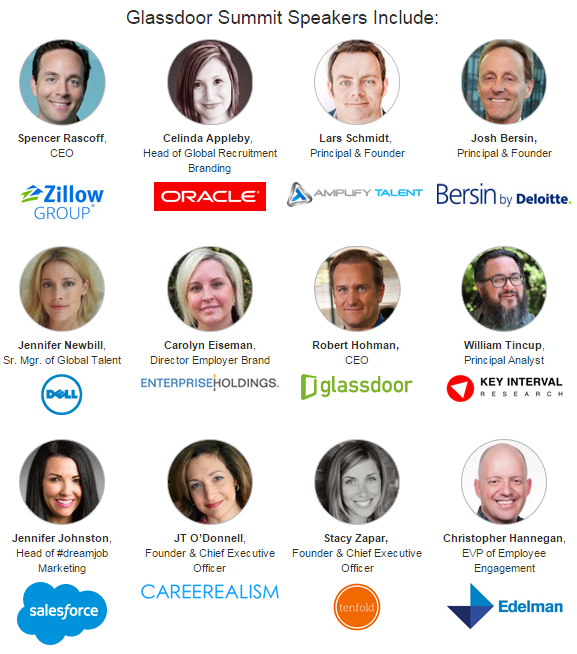Here’s what I know. A sustainable talent acquisition process can’t happen if it’s human run. A manual, human run talent acquisition process eventually falls apart.
Think about your employee referral program.
It was an awesome program when you launched it last month, last year, etc. Now it’s dead in the water. Why? Because it’s almost impossible for you, and your team, to keep it going on your own. Other things become a higher priority, things move fast, eventually, even the best programs get pushed to the side, or forgotten about completely.
I’m not just talking about employee referrals. Every part of your TA process is exactly the same. Sourcing, assessments, background checks, onboarding, exit interviews, etc.
To make talent acquisition sustainable, you need to integrate technology, it can be human driven. TA technology allows you to automatically sustain these efforts simultaneously without you actually having to do anything. Technology can reach out and source and attract. Technology can screen and assess. Technology can drive employee referrals 24/7/365, without you ever touching it. Technology can interview.
Basically, technology allows you to sustain and ongoing recruitment effort without you ever taking your foot off the gas. The best of us fail at this. We have the best intentions, design the best programs, then life happens and things fall through the cracks. We then come to a point, where we do it all over again. This is where and why most talent acquisition processes and functions fail, because they are just not sustainable.
Everything is going great, then Mandy leaves for a new job, Sue goes on maternity leave, and Tim who used to be great, has now lost his mojo, and we can’t seem to do anything right. Humans screw up your process! We need them, because humans also make hires, but boy can they make it difficult sometimes!
How can you make your talent acquisition sustainable for years in your organization? Utilize your technology to it’s fullest. Add technology to the parts that give you the biggest headaches. Then, utilize your humans to build relationships with candidates and hiring managers. Let the tech run the process, let the humans run the people.

